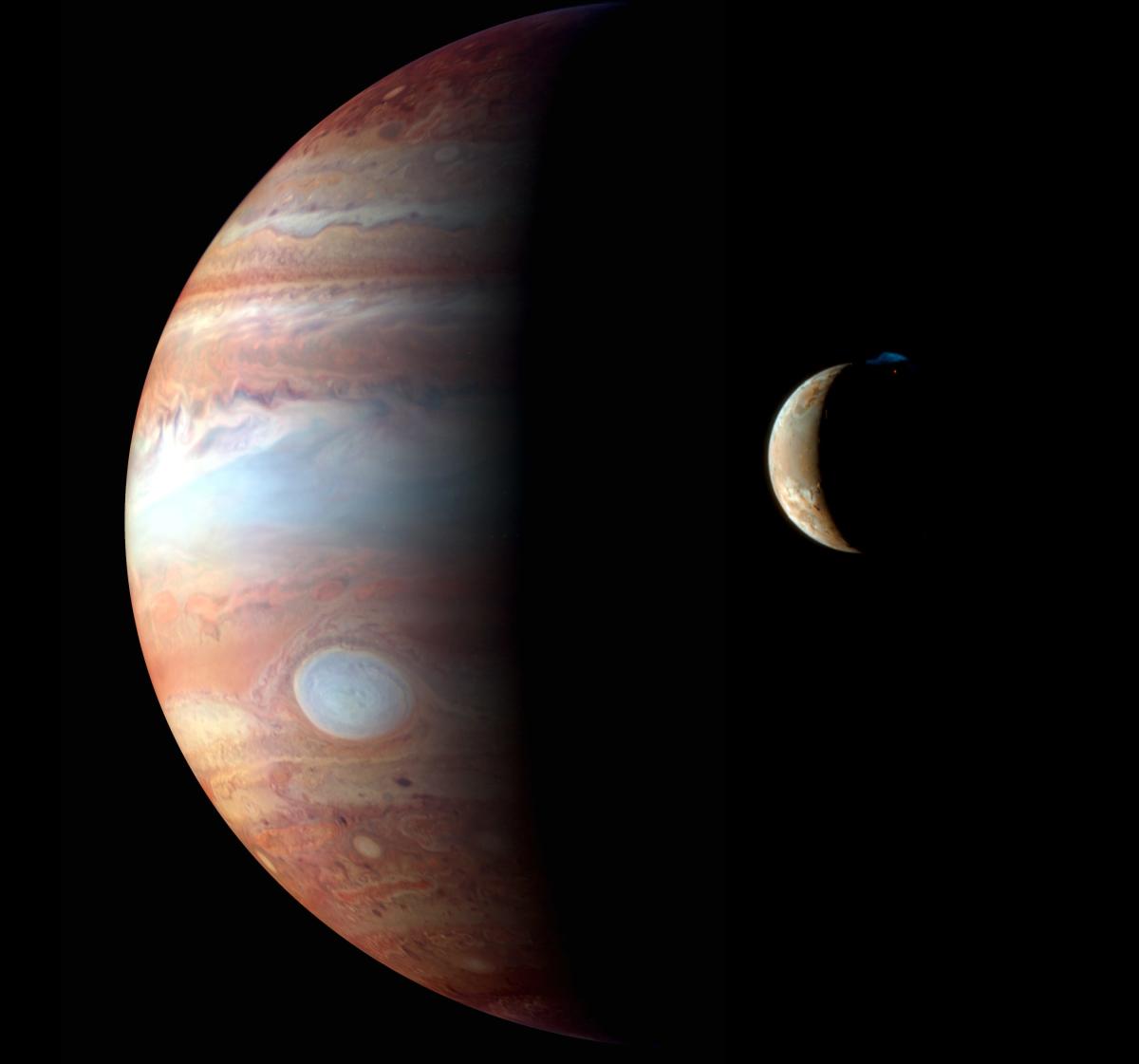[ad_1]
“Jupiter Now Has the Most Moons in Our Solar System After 12 New Moons Discovered”
There is a new moon king in our solar system: 12 new moons have been discovered around Jupiter, making it the planet with the most moons.
Jupiter is already the largest planet in our solar system. It was previously known as the planet with the second most moons at 80, behind only Saturn at 83.
Astronomers using telescopes in Hawaii and Chile in 2021 and 2022 were able to spot the moons and report them to the International Astronomical Union’s Minor Planet Center. Astronomers then tracked the observations to make sure the moons orbited the planet, and this has recently been confirmed.
Scott Sheppard of the Carnegie Institution for Science, who was part of the discovery team, posted the results online.
James Webb Space Telescope: Webb telescope reveals icy space cloud containing the ‘building blocks of life’
Habitable planet? NASA just found a planet almost the size of Earth in a star’s habitable zone
This is a montage of New Horizons images of Jupiter and its volcanic moon Io taken during the spacecraft’s Jupiter flyby in early 2007.
What do the newly discovered moons of Jupiter look like?
Sheppard told The Associated Press the moons range in size from 0.6 miles to 2 miles across, but only half of them are large enough — at least 1 mile across — to have a name.
The moons also take much longer than ours to orbit their planet. Sky and Telescope reported that all of the newly discovered moons take more than 340 days to orbit Jupiter, and nine of them take at least 550 days. For comparison, our moon takes about 27 days to orbit the earth, says NASA.
How many moons does each planet have?
The discovery gives Jupiter a total of 92 moons, the most of any planet in the solar system. Counting the new moons, this is how many moons each planet has, according to NASA (which has not officially recognized Jupiter’s new moons):
-
Mercury: 0
-
Venus: 0
-
Earth: 1
-
March: 2
-
Jupiter: 92
-
Saturn: 83
-
Uranus: 27
-
Neptune: 14
Sheppard, who has been involved in previous lunar observations of Jupiter and Saturn, believes there are moons orbiting Jupiter and Saturn that have not yet been discovered. He said both planets have small moons that are thought to have once been larger moons that collided with space debris such as asteroids.
What is everyone talking about? Sign up for our trendy newsletter to get the latest news of the day
Missions to the moons of Jupiter
The discovery comes as space agencies prepare to observe the planet and its moons.
The European Space Agency will launch its Jupiter Icy Moons Explorer, Juice, in April to observe the planet and its three large ocean-bearing moons – Ganymede, Callisto and Europa – with the aim of identifying the moons “both as planetary objects and as possible.” “ to characterize habitats.”
In October 2024, NASA plans to send its Europa Clipper orbiter to observe the planet and its moon Europa. The Moon is thought to be composed mostly of water ice and has twice as much water as Earth, and there is evidence of an ocean of water or slushy ice beneath the surface. The aim is to see if Europe could be suitable for life.
Contributors: Marcia Dunn, The Associated Press
Follow Jordan Mendoza on Twitter: @jordan_mendoza5.
This article originally appeared on USA TODAY: Jupiter’s New Moons: Planet Discovered Most in Solar System After 12
[ad_2]
Don’t miss interesting posts on Famousbio










